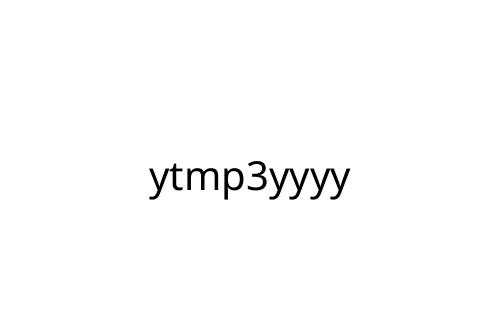Writing an AwardWinning Article
Crafting an awardwinning article requires careful attention to detail and a strong understanding of your audience. To truly stand out, you must not only provide valuable information but also engage and captivate your readers. Here are some essential tips to help you create a compelling piece that could garner accolades and recognition.
Understanding Your Audience
When writing an article with the goal of winning an award, it is crucial to tailor your content to suit your target audience effectively. By knowing who you are writing for, you can deliver information in a way that resonates with them and captures their interest.
Research: Conduct thorough research to understand the demographics, preferences, and interests of your audience. Tone: Adjust the tone and style of your writing to match the expectations and mindset of your readers.
Engaging Content
To create an awardwinning article, you must strive to keep your readers engaged from start to finish. This involves not only providing valuable information but also presenting it in a way that holds their attention and makes them eager to read more.
Hook: Start with a compelling hook or introduction that immediately grabs the reader’s attention. Visuals: Incorporate relevant visuals such as images, infographics, or videos to enhance the visual appeal and break up text. Storytelling: Use storytelling techniques to make your content more engaging and memorable.
Two Cues to Be Mindful of While Communicating
What are two cues we need to be mindful of while communicating?
Body Language: Pay attention to your own body language and that of your audience to ensure effective communication and engagement. Tone of Voice: Be mindful of the tone of your voice, both in written and verbal communication, as it can convey emotions and impact how your message is perceived.
With these tips in mind, you can begin crafting an awardwinning article that not only informs but also captivates and resonates with your audience. By understanding your readers, creating engaging content, and being mindful of key communication cues, you can increase your chances of creating a piece that stands out and earns you welldeserved recognition.









































































































 Nancy Garcia brings a wealth of experience in strategic planning and content development to Betting Edge Brite. Focused on optimizing the platform's user experience, Nancy has helped craft the strategies and techniques that bettors rely on to sharpen their edge. Her collaborative efforts in shaping Betting Edge Brite’s educational content and user-friendly guides have made it a go-to resource for both seasoned bettors and newcomers. Nancy’s commitment to helping others understand the intricacies of the betting world has been key in building a platform that prioritizes clarity and strategic depth.
Nancy Garcia brings a wealth of experience in strategic planning and content development to Betting Edge Brite. Focused on optimizing the platform's user experience, Nancy has helped craft the strategies and techniques that bettors rely on to sharpen their edge. Her collaborative efforts in shaping Betting Edge Brite’s educational content and user-friendly guides have made it a go-to resource for both seasoned bettors and newcomers. Nancy’s commitment to helping others understand the intricacies of the betting world has been key in building a platform that prioritizes clarity and strategic depth.